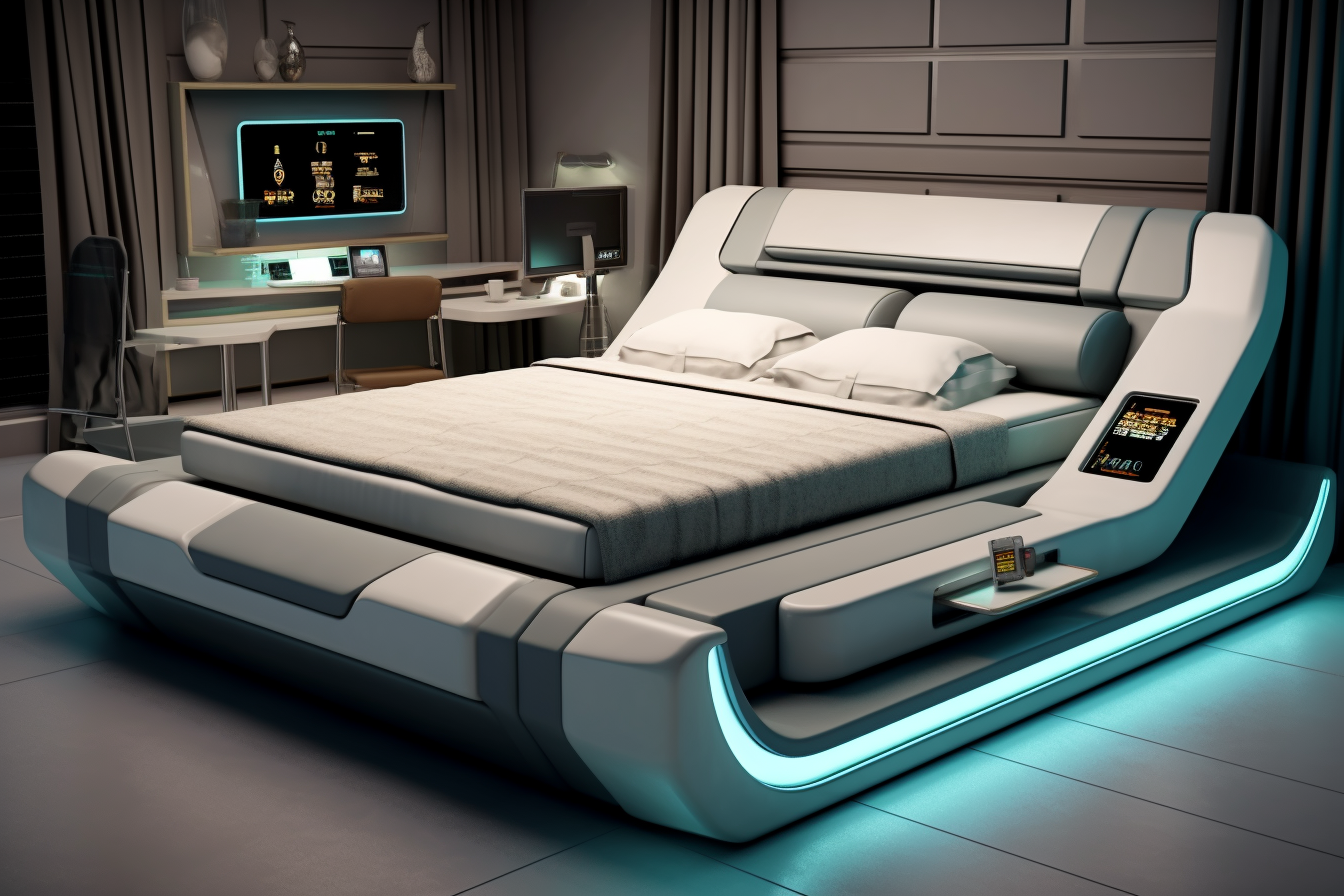Neurodesign: The Fusion of Neuroscience and Interior Spaces
The marriage of neuroscience and interior design is revolutionizing how we conceptualize and create living spaces. Imagine walking into a room that not only pleases the eye but also enhances cognitive function, reduces stress, and promotes overall well-being. This cutting-edge approach, known as neurodesign, is reshaping our homes and workplaces, offering a scientifically-backed method to optimize our environments for peak mental and emotional performance.

The Science Behind Neurodesign
At its core, neurodesign is built on the premise that our physical environment has a profound impact on our mental state and cognitive abilities. This concept isn’t entirely new - for centuries, philosophers and architects have pondered the relationship between space and human experience. However, with advancements in neuroscience and brain imaging technologies, we can now quantify and analyze these effects with unprecedented precision.
Research has shown that elements such as lighting, color, texture, and spatial layout can significantly influence brain activity, hormone production, and even gene expression. For instance, exposure to natural light has been linked to improved mood and increased productivity, while certain color schemes can affect everything from appetite to anxiety levels.
Neurodesigners use this scientific knowledge to create spaces that promote specific cognitive and emotional states. By understanding how the brain processes sensory information and responds to environmental stimuli, they can craft interiors that enhance focus, creativity, relaxation, or social interaction, depending on the desired outcome.
Key Principles of Neurodesign
Neurodesign encompasses a wide range of principles and techniques, each backed by scientific research. Some of the key elements include:
-
Biophilic Design: Incorporating natural elements and patterns into interior spaces to reduce stress and improve cognitive function.
-
Chromotherapy: Using color strategically to influence mood and behavior, based on how different hues affect brain activity and hormone production.
-
Sensory Optimization: Balancing visual, auditory, and tactile stimuli to create a harmonious and comfortable environment.
-
Spatial Cognition: Designing layouts that enhance wayfinding and reduce cognitive load, making spaces more intuitive and less stressful to navigate.
-
Circadian Lighting: Implementing lighting systems that mimic natural light cycles to support healthy sleep-wake patterns and improve overall well-being.
Implementing Neurodesign in Residential Spaces
While neurodesign has gained significant traction in commercial and institutional settings, its principles are increasingly being applied to residential interiors. Homeowners and designers are recognizing the potential of these scientifically-informed approaches to create living spaces that not only look beautiful but also actively contribute to the inhabitants’ mental and physical health.
In the bedroom, for example, neurodesign principles might include using calming blue hues to promote relaxation, installing blackout curtains to support healthy sleep patterns, and incorporating natural materials like wood and stone to create a sense of grounding and connection to nature.
Living areas can benefit from neurodesign through the strategic use of lighting to enhance mood and cognitive function throughout the day. This might involve installing smart lighting systems that adjust color temperature and intensity to match the body’s natural circadian rhythms, promoting alertness during the day and relaxation in the evening.
In home offices, neurodesign can be leveraged to create environments that boost productivity and creativity. This could include using stimulating colors like yellow or orange in moderation, ensuring ample natural light, and incorporating plants or nature-inspired artwork to reduce stress and improve focus.
The Future of Neurodesign
As our understanding of the brain continues to evolve, so too will the field of neurodesign. Emerging technologies such as virtual and augmented reality are opening up new possibilities for creating immersive, neurologically optimized environments. Imagine being able to instantly transform your living room into a serene beach scene to reduce stress, or a vibrant, stimulating workspace to boost creativity.
Additionally, the integration of artificial intelligence and machine learning into neurodesign practices promises to revolutionize how we personalize our living spaces. AI-powered systems could analyze an individual’s brain activity, stress levels, and preferences to automatically adjust lighting, temperature, and even scent to create the optimal environment for their current needs and goals.
Challenges and Considerations
While the potential of neurodesign is immense, it’s important to acknowledge the challenges and ethical considerations associated with this emerging field. Privacy concerns arise when discussing the collection and use of neurological data to inform design decisions. There’s also the risk of over-relying on technology and losing touch with more intuitive, human-centered design approaches.
Furthermore, the effectiveness of neurodesign principles can vary greatly between individuals, as each person’s brain responds differently to environmental stimuli. This underscores the importance of flexibility and customization in neurodesign applications, allowing for spaces that can be adapted to suit diverse needs and preferences.
Conclusion
Neurodesign represents a fascinating convergence of art, science, and technology, offering a new lens through which to view and create our living spaces. By harnessing the power of neuroscience, we can craft environments that not only please the eye but also nurture the mind and body. As this field continues to evolve, it promises to transform our homes, workplaces, and public spaces into finely tuned ecosystems that support our cognitive, emotional, and physical well-being.
The integration of neurodesign principles into mainstream interior design practices marks a significant shift towards more holistic, human-centric approaches to creating living spaces. As we continue to unravel the mysteries of the human brain, our ability to design environments that truly resonate with our neurological needs will only grow stronger, paving the way for a future where our surroundings actively contribute to our health, happiness, and overall quality of life.





